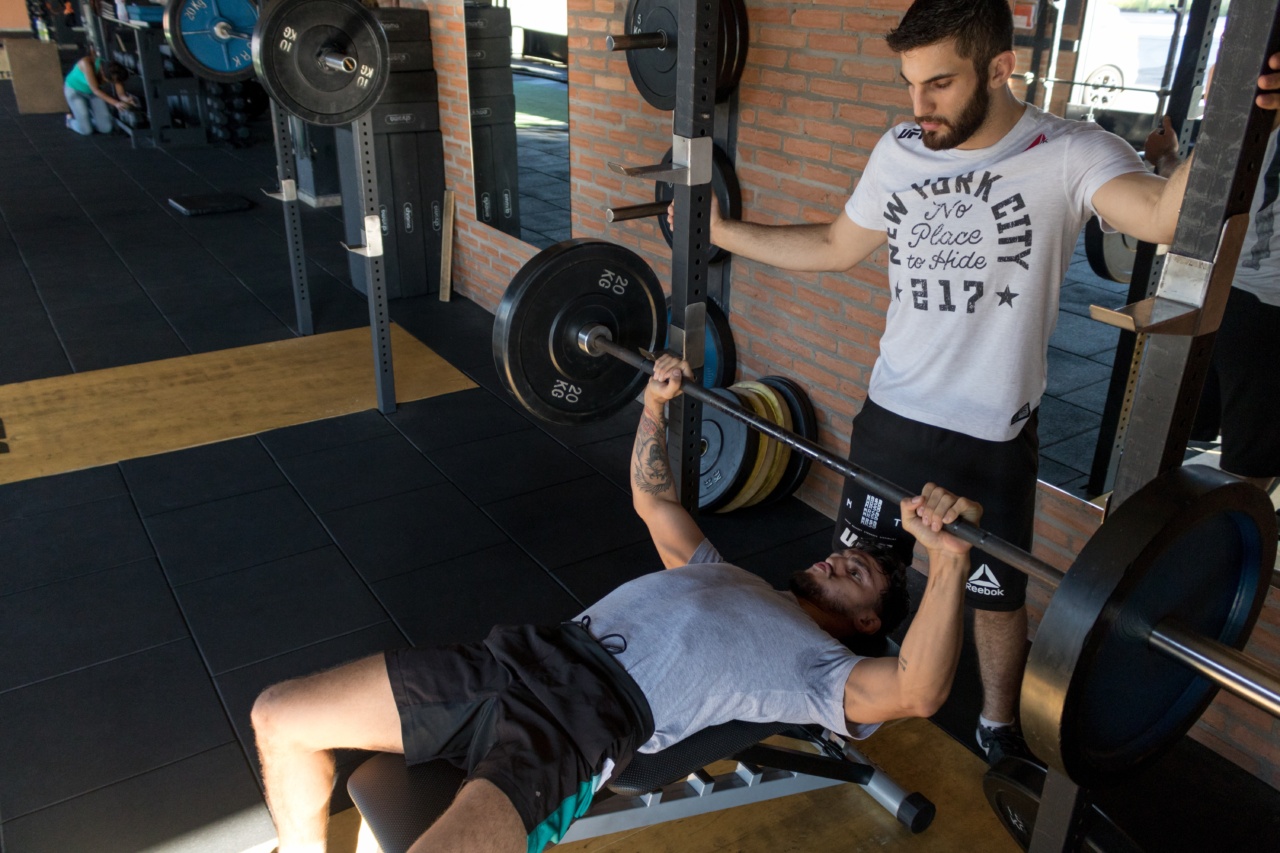Regular exercise and training play a pivotal role in achieving optimum health and fitness. Engaging in effective training not only helps you stay in shape but also contributes to a stronger body and overall well-being.
Whether you are a beginner or an experienced fitness enthusiast, adopting a training program that suits your goals and capabilities is crucial for achieving desired results.
Setting Goals and Planning
Before embarking on any training program, it is important to set clear and realistic goals.
Whether you aim to lose weight, build muscle, or improve cardiovascular endurance, defining your goals will help you stay focused and motivated on your fitness journey.
Once you have set your goals, it is essential to develop a well-structured training plan. Consider factors such as the frequency of workouts, specific exercises, duration, and intensity.
A well-planned program ensures that you make progress while avoiding burnout or injury.
Variety and Consistency
One of the key aspects of training effectiveness is incorporating variety into your routine. Performing the same exercises repetitively can lead to plateau and decreased motivation.
By introducing variation in your workouts, such as trying new exercises or changing the intensity, you keep challenging your body and continue to make progress towards your goals.
However, while variety is important, consistency is also paramount. Regularly sticking to your training schedule and maintaining discipline is crucial for long-term progress.
Consistency helps build habits and creates a positive mindset, increasing the chances of achieving long-term fitness success.
Strength Training
Strength training is a vital component of an effective training program. It focuses on building and toning muscles, improving bone density, and increasing overall strength.
Incorporating exercises such as weightlifting, bodyweight exercises, or resistance training can have numerous benefits, including:.
- Increased muscle mass and definition
- Improved metabolism and fat burning potential
- Enhanced joint stability and flexibility
- Reduced risk of osteoporosis and fractures
Cardiovascular Training
Cardiovascular or aerobic training is essential for improving heart health, endurance, and overall fitness levels. Engaging in activities that elevate your heart rate and challenge your cardiovascular system leads to several health benefits, such as:.
- Improved lung capacity and oxygen delivery
- Increased stamina and endurance
- Reduced risk of heart disease and high blood pressure
- Weight management and calorie burning
Popular cardiovascular exercises include running, cycling, swimming, and brisk walking, among others. Incorporating a mix of low-intensity steady-state cardio and high-intensity interval training (HIIT) can provide optimal results.
Flexibility and Mobility
While strength and cardiovascular training are vital, it is also crucial to include flexibility and mobility exercises in your routine.
Flexibility exercises enhance joint mobility and muscular elasticity, which can prevent injuries and improve overall movement. Engaging in activities such as stretching, yoga, or Pilates can help:.
- Improve posture and alignment
- Enhance athletic performance
- Alleviate muscle tension and soreness
- Prevent muscle imbalances and injuries
Proper Nutrition and Hydration
Effective training goes hand in hand with proper nutrition and hydration. Fueling your body with the right nutrients and fluids is essential for energy production, muscle repair, and overall recovery. Key nutrition tips to support your training include:.
- Consuming a balanced diet with adequate protein, carbohydrates, and healthy fats
- Eating regular meals and snacks to maintain energy levels
- Staying hydrated by drinking enough water throughout the day
- Avoiding excessive processed or sugary foods
Proper nutrition helps optimize your exercise performance, aids in muscle growth and repair, and enables you to get the most out of your training sessions.
Rest and Recovery
Many people underestimate the importance of rest and recovery in their training routine. Proper rest allows your body to adapt, repair, and grow stronger in response to the training stimulus.
It is crucial to prioritize quality sleep and incorporate rest days into your training plan.
Overtraining without adequate rest can lead to fatigue, decreased performance, and an increased risk of injuries. Listen to your body and give it the rest it needs to recover and perform optimally.
Tracking Progress and Adaptation
Tracking your progress is an essential aspect of effective training. By monitoring your workouts, body measurements, and overall performance, you can assess the effectiveness of your training program and make necessary adjustments.
Several ways to track progress include:.
- Keeping a workout diary or using fitness tracking apps
- Recording body weight, body fat percentage, and measurements
- Monitoring strength gains and improvements in endurance
- Regularly reassessing goals and setting new targets
Seeking Professional Guidance
While a self-designed training program can be effective, seeking professional guidance from a certified personal trainer or fitness coach can significantly enhance the quality and efficiency of your training.
These professionals can assess your fitness level, tailor a program to your specific needs, ensure proper form and technique, and provide motivation and accountability.
Additionally, a knowledgeable trainer can help you avoid common training pitfalls and identify any limitations or imbalances that need to be addressed.
Conclusion
Engaging in effective training is a key component of achieving a fitter, stronger version of yourself.
By setting realistic goals, planning a well-structured program, incorporating variety, and staying consistent, you can make significant progress on your fitness journey. Remember to focus on strength training, cardiovascular exercises, flexibility and mobility, proper nutrition and hydration, as well as rest and recovery.
By tracking your progress and seeking professional guidance when needed, you can optimize your training efforts and witness the positive transformations in your physical and mental well-being.





























